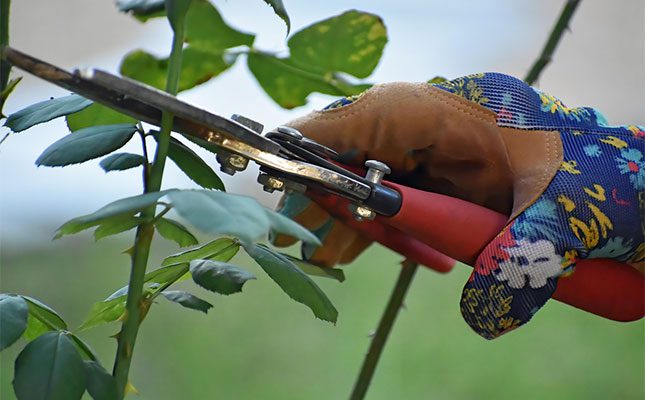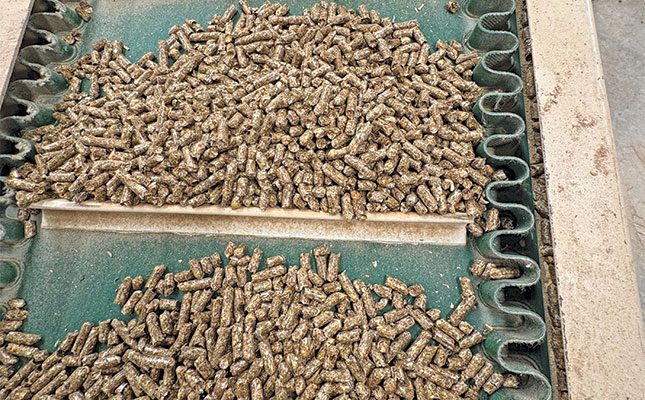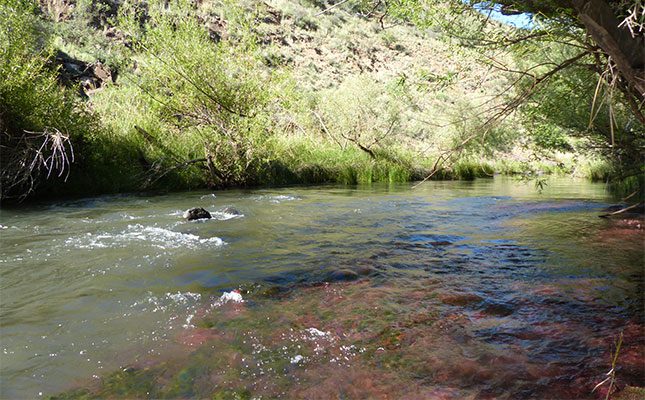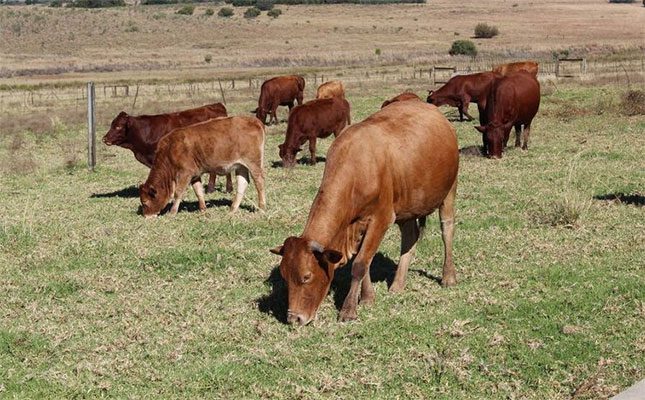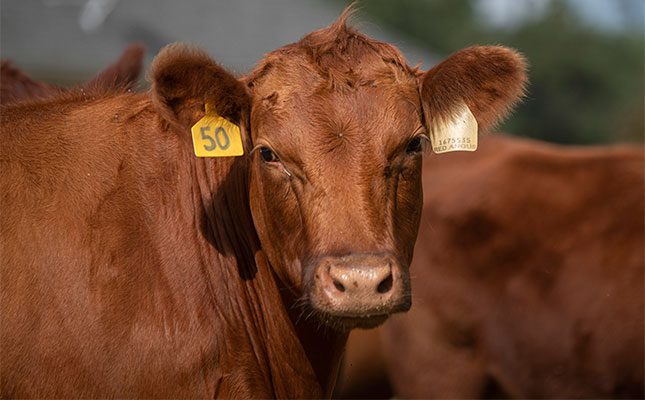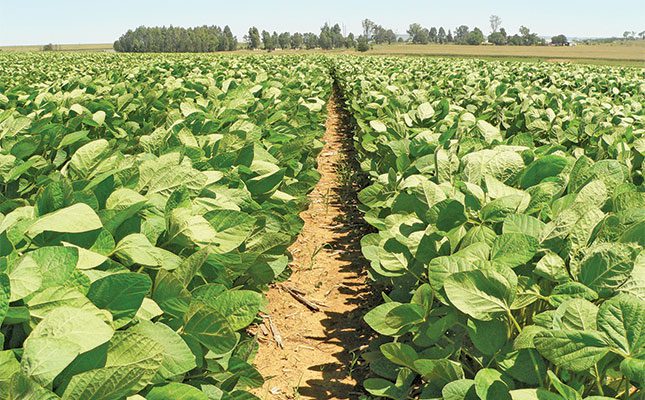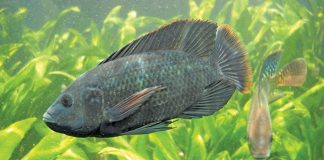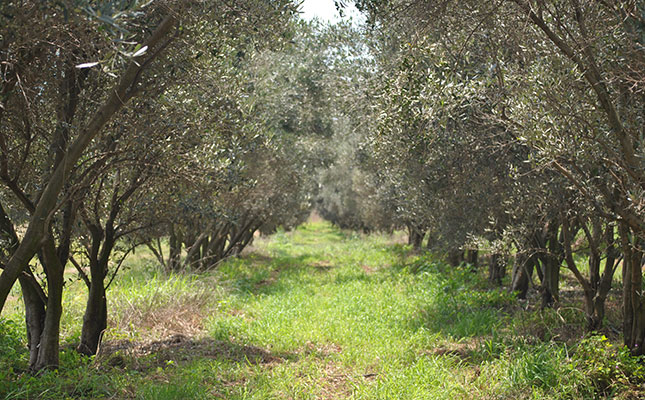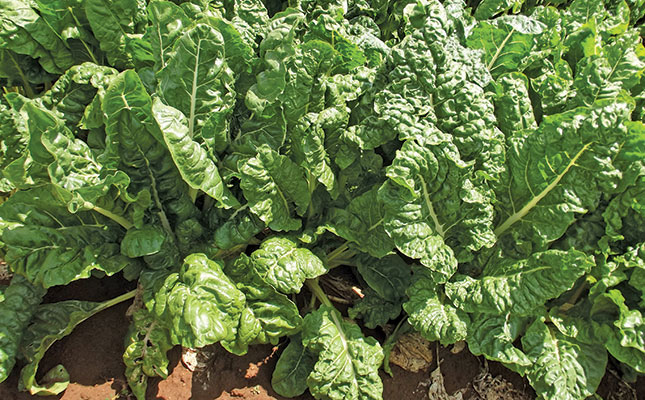
Swiss chard has been growing in popularity among vegetable farmers owing to its increased yield and decreased production risk compared to spinach. Equipment such as smart boxes and netting makes maintaining healthy growth and pest protection all the more achievable.
Often mistaken for spinach based on appearance and the way its leaves are similarly prepared, Swiss chard is closely related to beets, both being part of the Chenopodiaceae family. It is a biennial plant that produces two harvests from the same crop.
The Starke Ayres Swiss Chard Production Guideline outlines six key factors that need to be considered when planting Swiss chard: climate, seeding, soil and fertiliser, irrigation, pests and diseases and harvesting methods.
Swiss chard grows best in a relatively cool climate, with the optimal temperature range being around 8°C to 24°C. Temperatures above 32°C can cause poor leaf quality, according to Starke Ayres. This means that planting seasons for the various regions in South Africa will depend on the average temperature fluctuations.
The Department of Agriculture notes that in warmer, frost-free areas, Swiss chard is generally planted from February to August. In very cold regions, it is planted in August or September until February.
Swiss chard is therefore versatile and can be planted in the majority of South Africa almost all year round, with the exception of the coldest winter months.
While Swiss chard can survive light and infrequent frosts, it is not advisable to plant it in a region with rapid temperature drops and heavy frost. In areas where frost is a risk, farmers can consider using frost covers to reduce damage to the chard.
The popularity of Swiss chard is in partly due to the wide range of cultivation to which it is suited.
Helena Hartley, sales representative at Rijk Zwaan, explains producers can use different cultivation methods depending on the scale at which they farm.
“Smaller or new farmers might lean towards using smart boxes which offer better drainage, while large scale farmers may plant in open fields. Regardless of the size of the farm, there are basic guidelines that all successful Swiss chard farmers should adhere to.”
Planting Swiss chard
Farmers have two seeding methods to plant chard: direct seeding and seedling transplants. Direct seeding involves planting seeds no more than 20mm deep in the soil. Starke Ayres recommends a plant spacing of around 100mm to 150mm between plants, and 450mm to 600mm between rows.
Hartley adds that farmers often do not take into account how important plant density is.
“If you plant too densely, there won’t be enough air flow, which can cause diseases like leaf spotting.”
Seedling transplants are produced by sowing seeds into containers and then transplanting the plants once they are sturdy enough.
Hartley says that both methods have their advantages and disadvantages.
“Direct seeding is more cost-effective, but takes longer to reach sufficient growth to be harvested, and while transplanted seedlings are more expensive, the plants start out stronger with a quicker harvest interval. Transplanted seedlings can, however, be stunted when the roots are pushed into the soil too hard, causing the roots to bend, resulting in what is commonly known as J-root.”
Thorough fertilisation and soil preparation for Swiss chard is crucial, and having a soil analysis done prior to planting is recommended. Guidelines from the Department of Agriculture note that Swiss chard will not tolerate acidic soil. If the pH is lower than 6, a dressing of dolomitic lime should be applied a month before adding manure or compost.
Swiss chard grows best in medium, sandy loam soil. Hartley says that the optimal pH range is between 6 and 7, based on the available elements needed for growth.
“It is also important to rotate crops at least once before replanting chard to preserve the soil condition and prevent soil-borne diseases and pests.”
Hartley cautions against a common mistake she has encountered: herbicide being oversprayed or applied in excessive doses prior to sowing or transplanting. “This can cause contamination and compromise emergence after seeds have been sown or the seedlings transplanted.”
Prior to sowing, the Department of Agriculture recommends applying a dressing of 2:3:2 or 3:2:1NPK fertiliser at a rate of 60g/m² to 90g/m² in the topsoil to encourage rapid growth.
Where soils are deemed fertile, Starke Ayres recommends applying 500kg/ha of 2:3:4NPK at the start of the season, followed by 175kg/ha of LAN at the four and eight week mark. For poor soils, farmers should apply 1000kg/ha of 2:3:4NPK, followed by 225kg/ha of LAN at the four and eight week mark.
Careful attention should be paid to the plants’ water requirements. Stark Ayres recommends 15mm to 20mm of water per week after planting. Once the plants have emerged, this must be increased to 20mm to 25mm water per week, increasing to 25mm to 35mm water per week up until the crop is harvested.
Hartley advises that farmers make use of tunnels in the rainy season to avoid the loss of control over moisture levels in the soil.
Protecting the crop
Poor production practices and insufficient irrigation make Swiss chard more susceptible to pests and disease. Pests and diseases can be controlled chemically and mechanically. The Department of Agriculture notes that the most common diseases are leaf spotting and curly top. The former can be controlled chemically, while curly top can be prevented through planting resistant varieties and doing regular crop rotations.
Harvesting chard is a simple process, but care must be taken not to damage younger leaves that are not yet fully grown. Leaves should be cut about 5cm above the ground when the plant has reached an average height of about 10cm to 12cm.
Three to four weeks of regrowth are required before a second harvest will yield adequate volume. The DA estimates average yields at around 20t/ha to 30t/ha. Swiss chard can be stored for 10 to 14 days if stored at 0°C with 95% to 100% relative humidity. Swiss chard is highly perishable and will not maintain good quality for more than 10 days without proper storage.

